ANDY BEY / “Drume Negrita”
“Drume Negrita” is an Afro-Cuban lullabye written by Eliseo Ernesto (see comment below) Grenet. It is a classic of Cuban music. I don’t remember when I first heard it but I do remember that Andy Bey’s version was the one that grabbed by ear and stayed in my consciousness. Bey’s brilliant baritone rendition became my measuring rod for all subsequent encounters. Here is a translation of the lyrics done by Evelyn Shem Tov.
Drume negrita Canción infantil (Spanish)Drume negrita Que yo va a comprar nueva cunita Que tendrá capite' y también ca'cabe' Si tu drume yo te traigo un mamey muy colorao Si no drume yo te traigo un babalao Que da pau pau A la negrita se le salen Los pies de la cunita Y la negra Merce' ya no sabe que hace' Drume negrita Que yo va a compra' nueva cunita Que tendrá capite' y también ca'cabe' Si tú drume yo te traigo un mamey muy colorao' Si no drume yo te traigo un babalao' Que da pau pau. Sleep My Little Black Baby Children's Song (English) Sleep my little black baby And I will buy for you a new baby crib That should have a top cap and also a bell If you sleep I will bring you a very red mamey* If you don't I will bring you a babalao** That will give you pau pau*** The feet of the little black baby Come out of her crib And the black Merce' doesn't know what to do Sleep my little black baby And I will buy for you a new baby crib That should have a top cap and also a bell If you sleep I will bring you a very red mamey If you don't I will bring you a babalao That will give you pau pau. *A mamey is a type of fruit that grows in Cuba **A babalao is a Santeria priest ***Pau may mean a stick, or bread. Dar pau pau means to wack. I was surprised by how often the song has been recorded and delighted to find the wide variety of artists and approaches to the song. We in America have a huge blind spot. We seldom think of popular music that is not in English or is not brought to us through mainstream American media. “Drume Negrita” is well known throughout the Americas, from its origins in the Caribbean throughout Central and South America. Here are 14 versions ranging from guitar and voice to big band to percussion and voice. Some versions are dance oriented, some are meditative, all of them are beautiful. Enjoy.
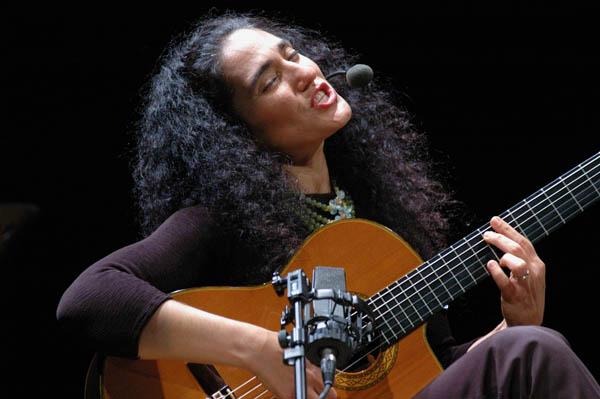 Badi Assad is a Brazilian vocalist/guitarist. She is from a family of musicians. Her brothers comprise a famous Brazilian guitar duo. Her version is performed as a delicate, wistful lullabye on her album Solo.
Badi Assad is a Brazilian vocalist/guitarist. She is from a family of musicians. Her brothers comprise a famous Brazilian guitar duo. Her version is performed as a delicate, wistful lullabye on her album Solo.
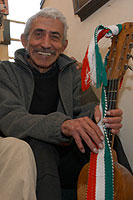 Salvador “El Negro” Ojeda is a popular Mexican vocalist/guitarist who sings folklore. This is from his album El Necio.
Salvador “El Negro” Ojeda is a popular Mexican vocalist/guitarist who sings folklore. This is from his album El Necio.
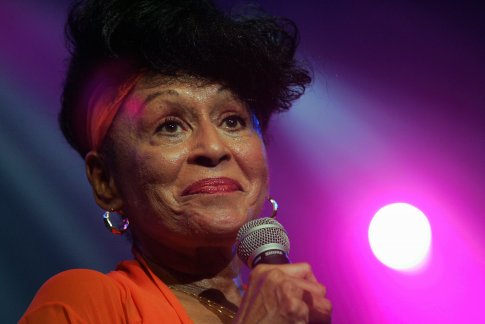 Omara Portuondo is one of the most respected of Cuban vocalists and one of the stars of The Buena Vista Social Club movement. This version is available on her album Palabras.
Omara Portuondo is one of the most respected of Cuban vocalists and one of the stars of The Buena Vista Social Club movement. This version is available on her album Palabras.
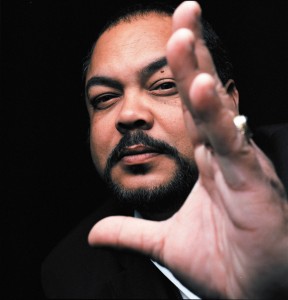 Francisco Cespedes is a Cuban-born singer/songwriter who left behind a career as a physician to pursue music. While visiting Mexico with the Cuban Modern Music Orquestra he decided to make his new home in Mexico. Francisco’s version of “Drume Negrita” features reknowned Cuban pianist Gonzalo Rubalcaba from the album Con el Permiso de Bola.
Francisco Cespedes is a Cuban-born singer/songwriter who left behind a career as a physician to pursue music. While visiting Mexico with the Cuban Modern Music Orquestra he decided to make his new home in Mexico. Francisco’s version of “Drume Negrita” features reknowned Cuban pianist Gonzalo Rubalcaba from the album Con el Permiso de Bola.
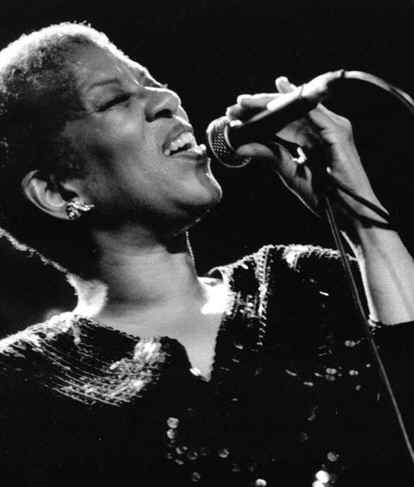 Jeanne Lee is the featured vocalist on this version by Gerardo Nunez, a Spanish jazz musician noted for his work combining flamenco, jazz and Spanish popular music. This is from Nunez's concert album, Passajes Passages.
Jeanne Lee is the featured vocalist on this version by Gerardo Nunez, a Spanish jazz musician noted for his work combining flamenco, jazz and Spanish popular music. This is from Nunez's concert album, Passajes Passages.
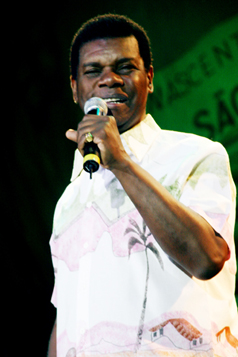 Emilio Santiago is one of my favorite vocalists. He is an MPB (Brazilian Popular Music) icon whose rich baritone and sensitive phrasing have ensured his decades-long career. This version is on the compilation album Vozes do Brasil.
Emilio Santiago is one of my favorite vocalists. He is an MPB (Brazilian Popular Music) icon whose rich baritone and sensitive phrasing have ensured his decades-long career. This version is on the compilation album Vozes do Brasil.
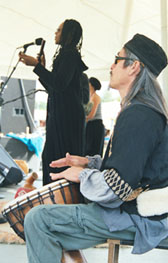 Cuban vocalist Gloria La Nina Rivera hooks up with Scandinavian percussionist Robin Adnan Anders to offer a version that emphasizes the song’s Afro-Cuban roots. This is from their album Cantar Tambor Bailar – To Sing To Drum To Dance.
Cuban vocalist Gloria La Nina Rivera hooks up with Scandinavian percussionist Robin Adnan Anders to offer a version that emphasizes the song’s Afro-Cuban roots. This is from their album Cantar Tambor Bailar – To Sing To Drum To Dance.
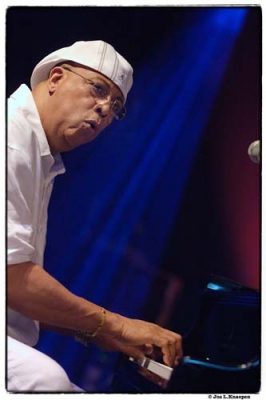 Pianist and bandleader Chucho Valdes is an institution of Cuban music. The son of famed pianist Bebo Valdes, Chucho is also the leader of Irakere, Cuba’s most famous jazz ensemble. This version of “Drume Negrita” features Chucho's sister, vocalist Mayra Caridad Valdes. This is a festive version taken from Live at the Village Vanguard.
Pianist and bandleader Chucho Valdes is an institution of Cuban music. The son of famed pianist Bebo Valdes, Chucho is also the leader of Irakere, Cuba’s most famous jazz ensemble. This version of “Drume Negrita” features Chucho's sister, vocalist Mayra Caridad Valdes. This is a festive version taken from Live at the Village Vanguard.
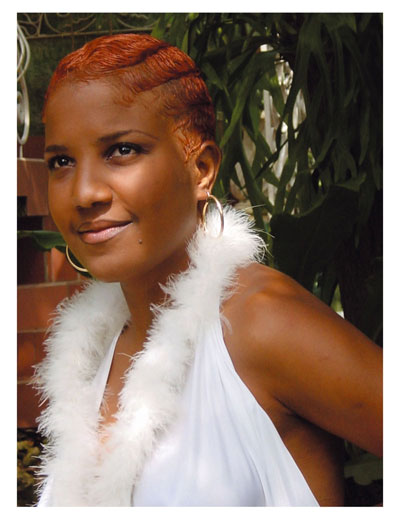 Haila (Haila María Mompié) is a young contemporary singer who is in line to inherit the crown previously worn by Celia Cruz. Haila encourages us to dance until we drop from exhaustion. Taken from her popular album Haila Live!
Haila (Haila María Mompié) is a young contemporary singer who is in line to inherit the crown previously worn by Celia Cruz. Haila encourages us to dance until we drop from exhaustion. Taken from her popular album Haila Live!
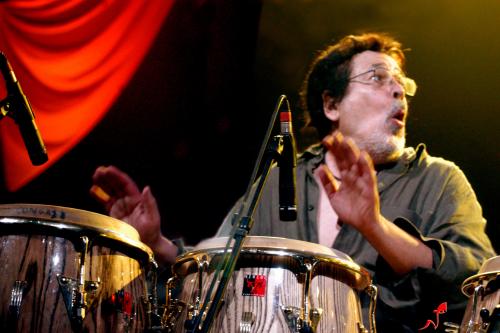 Nuyorican percussionist Ray Barretto had the first Latin music Billboard hit in 1961 with “El Watusi.” Barretto is widely considered as the major popularizer of post-bebop Latin jazz. His brilliant version of “Drume Negrita” is a perfect example of his talent for merging percussion and jazz into a seamless and exhilarating musical form. This is from Barretto’s album Time Was – Time Is.
Nuyorican percussionist Ray Barretto had the first Latin music Billboard hit in 1961 with “El Watusi.” Barretto is widely considered as the major popularizer of post-bebop Latin jazz. His brilliant version of “Drume Negrita” is a perfect example of his talent for merging percussion and jazz into a seamless and exhilarating musical form. This is from Barretto’s album Time Was – Time Is.
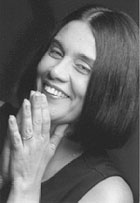 Joyce is a noted Brazilian artist whose music is both popular and innovative in her choice of material and style of arrangements. At first listen one hears “smooth jazz” but closer inspection will reveal her talent for drawing a wide variety of musical influences. This is from Tudo Bonito.
Joyce is a noted Brazilian artist whose music is both popular and innovative in her choice of material and style of arrangements. At first listen one hears “smooth jazz” but closer inspection will reveal her talent for drawing a wide variety of musical influences. This is from Tudo Bonito.
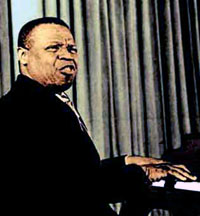 Legendary Cuban pianist/vocalist/entertainer Bola de Nieve (“Snowball”) might be thought of as a combination of Fats Waller and Nat King Cole. Bola is the person most responsible for popularizing “Drume Negrita.” This is from a compilation album, Musica Orignal de Cuba.
Legendary Cuban pianist/vocalist/entertainer Bola de Nieve (“Snowball”) might be thought of as a combination of Fats Waller and Nat King Cole. Bola is the person most responsible for popularizing “Drume Negrita.” This is from a compilation album, Musica Orignal de Cuba.
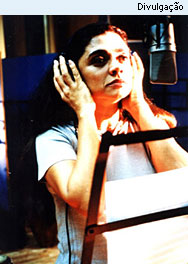 Brazilian vocalist Selma Reis gives us a romantic reading accompanied by a harp. This is taken from her album of Caribbean classics entitled Ares de Havana.
Brazilian vocalist Selma Reis gives us a romantic reading accompanied by a harp. This is taken from her album of Caribbean classics entitled Ares de Havana.
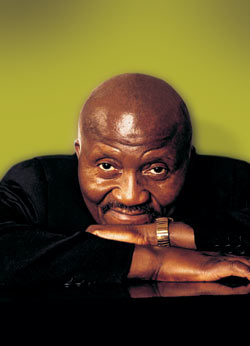 Andy Bey closes out with my favorite version of “Drume Negrita.” When one considers that lullabyes are generally assumed to be songs sung by mothers to their children, the sensitivity of Bey’s interpretation is all the more amazing. Accompanied only by acoustic guitar, this is as fine a showcase as can be found for the beautiful instrument that is the voice of Andy Bey. This is from the album Shades of Bey.
—Kalamu ya Salaam
It's subtle
I do like the Andy Bey, but I also have a bit of a block against people singing songs in languages other than their native language. There's that little unnatural feel. I do like it though. On the other hand, some of these versions by native Spanish-language speakers are fantastic. Actually, I like almost all of these - it's a very interesting song - so it'd be easier for me to name the versions I don't like. The Joyce is kinda saccharine. The Emilio Santiago might be OK in other contexts, but it's got a definite "Grown and Sexy" thing going on. I gotta pass on that one.
One other thing I wanted to say about this song. I was about four versions in before I figured out the melody. Meaning, the melody is catchy, but it's subtle. At first, I couldn't even hear it. I felt like I was hearing random lyrics. Eventually, I caught the vibe, the feel, the repeated tones of the melody and I really started digging it. Good song.
—Mtume ya Salaam
Andy Bey closes out with my favorite version of “Drume Negrita.” When one considers that lullabyes are generally assumed to be songs sung by mothers to their children, the sensitivity of Bey’s interpretation is all the more amazing. Accompanied only by acoustic guitar, this is as fine a showcase as can be found for the beautiful instrument that is the voice of Andy Bey. This is from the album Shades of Bey.
—Kalamu ya Salaam
It's subtle
I do like the Andy Bey, but I also have a bit of a block against people singing songs in languages other than their native language. There's that little unnatural feel. I do like it though. On the other hand, some of these versions by native Spanish-language speakers are fantastic. Actually, I like almost all of these - it's a very interesting song - so it'd be easier for me to name the versions I don't like. The Joyce is kinda saccharine. The Emilio Santiago might be OK in other contexts, but it's got a definite "Grown and Sexy" thing going on. I gotta pass on that one.
One other thing I wanted to say about this song. I was about four versions in before I figured out the melody. Meaning, the melody is catchy, but it's subtle. At first, I couldn't even hear it. I felt like I was hearing random lyrics. Eventually, I caught the vibe, the feel, the repeated tones of the melody and I really started digging it. Good song.
—Mtume ya Salaam
This entry was posted on Monday, January 21st, 2008 at 1:55 am and is filed under Cover. You can follow any responses to this entry through the RSS 2.0 feed. You can leave a response, or trackback from your own site.
7 Responses to “ANDY BEY / “Drume Negrita””
January 26th, 2008 at 9:05 pm
Thanks again. I only recently ran upon Andy Bey. It’s great hearing different interpretations of the same song.
April 15th, 2008 at 8:01 pm
I adore this melody. It has become my favorite. Imagine my joy and delight to discover 14 different versions on BOL. Although I initially heard this haunting melody from a Marissa Tomei film, “The Perez Family,” I had not made the connection to Andy Bey’s interpretation, which I purchased a few years after seeing the movie, until hearing it hear. How weird is that. And I consider myself such a music buff. Not paying attention here. Humbling isn’t it? I love all the featured versions and particularly think that Barretto’s is a creative wonder. It would be nice to get 14 on one disc. Any suggestions?
July 24th, 2008 at 10:39 am
Everything is perfect except that the author of Drume Negrita was not Eliseo Grenet but his brother Ernesto Grenet. I am sure of this, because they were both my great uncles.
kalamu sez
thank you very much for the correction. it has been changed in the article and your helpful comment has also been noted.
January 20th, 2009 at 12:48 am
Thanks so much for putting this site together. I am a guitar student working on the “Dos Temas Populares” of Leo Brouwer, the major Cuban composer. ‘Cancion de Cuna” is of course the “Drume Negrita”, but harmonized in a somewhat different way. Mtume’s comment is spot on– I played it for several years, even in a concert, without really getting the feel of it. Your website convinced me to download a LOT of versions and listen more carefully–really this simple melody is the soul of Cuban music to me. The other theme in Brouwer’s work is “Ojos Brujos” which is not nearly as popular, but a good example of the older, pre-war style of Criollo.
And Omara Portuondo is my favorite version of all. She is a living legend.
July 8th, 2009 at 2:59 pm
Hello! I found this blog when I looked for the song Drume Negrita because of a version I have — the only one I’ve heard — by Ry Cooder and Manuel Galban. It’s a very slow Afro-Cuban groove with great percussion. Instrumental with jazz guitars taking the melody. Album: Mambo Sinuendo. Enjoy!
March 5th, 2012 at 7:16 am
Lydia Garcia is right. This song belongs to my father, Ernesto, and not my uncle, Eliseo. Even though Eliseo was the better known author, my father has a few well known songs and Drume Negrita is one of them. As Charles mentions above, Cdlia Cruz sung it in the Perez Family movie as ell as in one of her CDs. And just as an FYI, it is not a “mamey”, it’s a “melon”. I don’t know how these singers have sung it, but I am 100% sure it’s a melon, since the song was constantly sung to me by my father. Check out Celia Cruz’ version.
July 13th, 2012 at 4:19 am
I have been playing this Song for a number of years and was inspired by the version by the famous George Shearing Quintet. My band played it in The Guinea Gourmet in Southampton. U.K. We were joined by a Guatemalan who play the Toomba.It’s still in my repetoire.even now.
Leave a Reply
| top |